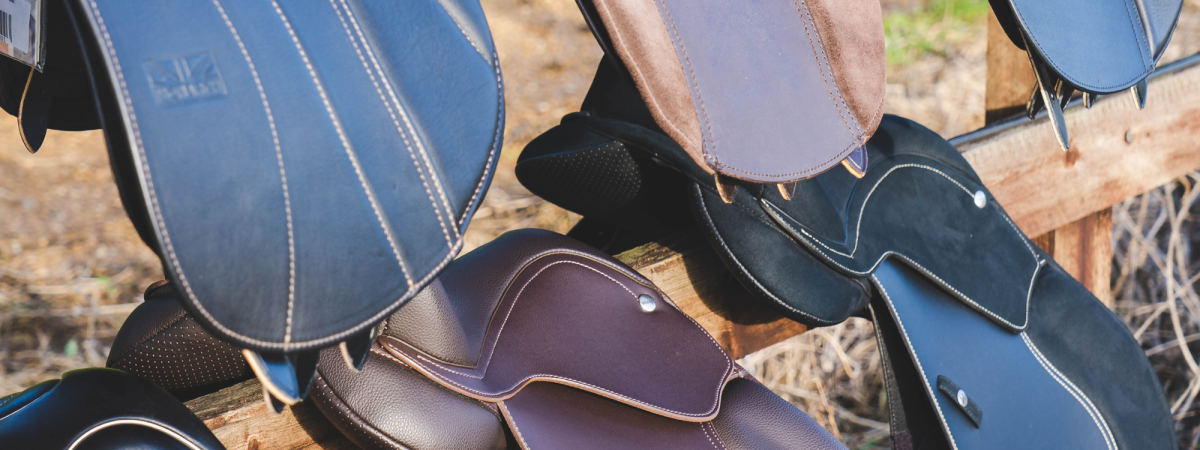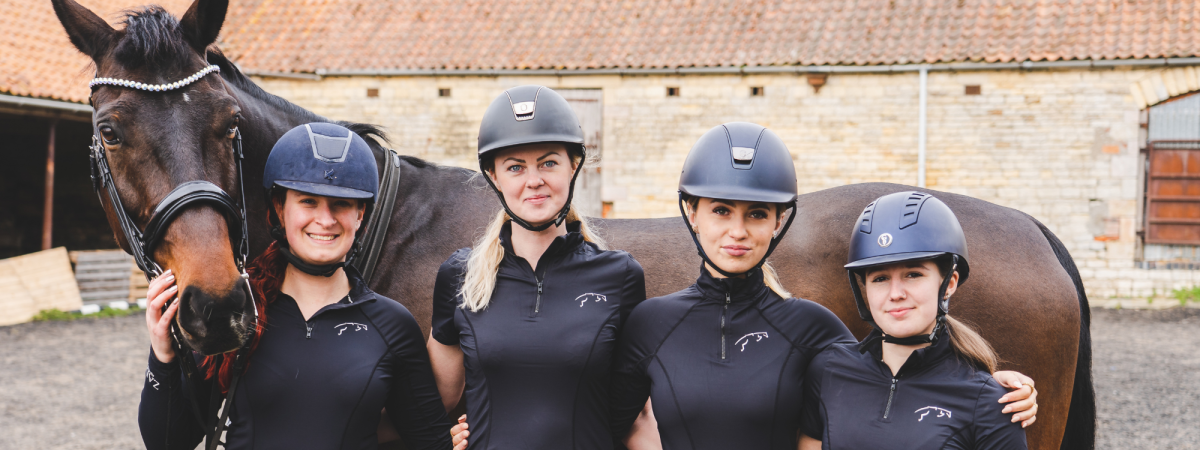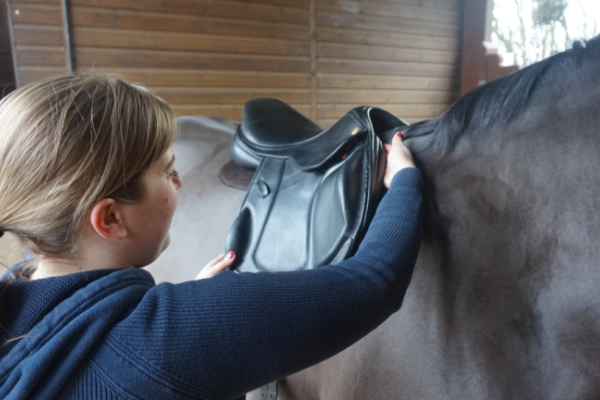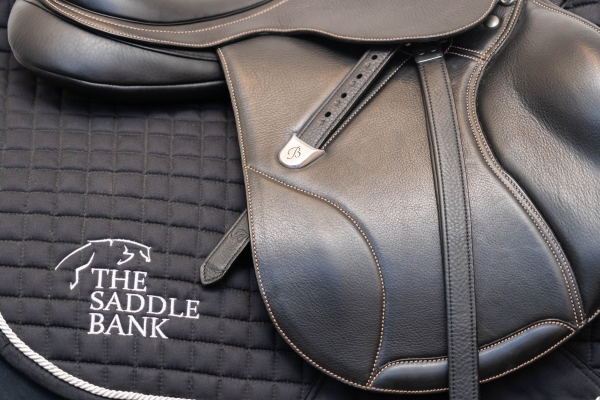Saddle sizing - Why is it so important?
In this article we shall be discussing what is meant by saddle sizing, and why considering the appropriate saddle size for both horse and rider is so important. Please note this article in particular is referring to English saddles ONLY.
The saddle is the piece of equipment that is placed on the horse’s back to provide support, comfort and balance to both horse and rider. They come in different shapes, sizes, colours and brands, depending on the desired discipline.
What does saddle size refer to?
Saddles are generally measured in inches and come in a variety of different shapes and sizes. As a standard rule, pony saddles tend to measure from 14”-16.5”, whilst the majority of horses will take from 17” -18” saddles.
Not sure how to work out your current saddles seat size? Click here to read our blog on how to measure a saddle seat size.
When does saddle sizing affect horse and rider?
Saddle sizing affects the horse or rider when maximum performance is unable to be achieved. This can be because the saddle size is either too small or large for the rider, and the same goes for the horse.
When the saddle is the right size for the rider, it is easier for the rider to maintain a correct and secure position, whilst remaining comfortable and balanced throughout their chosen paces and/or disciplines.
When the saddle is the right size for the horse, it allows the horse to work correctly through its body and reduces the risk of injury or muscle compensation through any of the key areas; such as the neck or back.
When the saddle is the incorrect size for the rider, the rider becomes uncomfortable from trying to maintain their balance and keep in time with the horse’s movement. This can unknowingly create pressure points, found most commonly within the horse’s back. If the saddle size is too big, most riders find that they are pushed behind the horse’s motion, or struggle to sit central on the saddle seat. For riders who ride in a saddle which is too small, they find elements of discomfort through lack of space on the seat and saddle flaps.
When the saddle is the incorrect size for the horse it risks causing pain, discomfort or even damage to the horse’s back. If the saddle is too short, it risks pinching. If the saddle is too long it risks blocking the horse’s ability to work through its back. Either way, this means that the saddle is no longer being supported whilst placed on the horse’s back and risks damage, in particular to the dorsal spinal processes (DSPs) which are vital in the horse’s skeletal and mechanical setup.
Things to consider for saddle sizing
So, you now understand why having the correct saddle size is such a high consideration for when wanting to purchase a new saddle. But what else must come into consideration?
● The rider's size. Like horses, all riders are built differently in shapes and sizes.
As a general rule of thumb, most young riders fit in up to 15.5” saddles. The average rider population will fit in a 16-17.5” saddle. Most taller and heavier riders will ride in saddles exceeding 17.5”.
● The horse’s size and the horse’s length of back. The smaller the pony, the shorter its back. (And vice versa as the horses get taller).
Saddles must sit 2-3 fingers behind the shoulder blade and must not exceed T18, which is considered the horse’s supportive area.
(Not sure where the shoulder blade ends or where you would find T18? The Saddle Bank has some helpful courses discussing common saddle fitting issues, along with some helpful tricks and information that you can use to keep track of your horse’s saddle fit at home or from the yard).
If you are unsure about the correct size for you and your horse, you can get in touch with our friendly team who will gladly assist you and make recommendations.
How can you ensure your saddle seat is the right size for you and your horse?
Confide in a qualified and experienced saddle fitter! Their jobs are to make sure that the saddle is suitable for both horse and rider, so that you may both perform at your best, no matter what disciplines you take part in.
You can find a list of local and qualified saddle fitters and their contact details on the ‘Find a Fitter’ page of The Saddle Bank website.
You can also brush up any skills or additional information regarding saddle sizing and many other topics using the ‘Recognising Saddle Fitting Issues’ course, also available on The Saddle Bank website.















